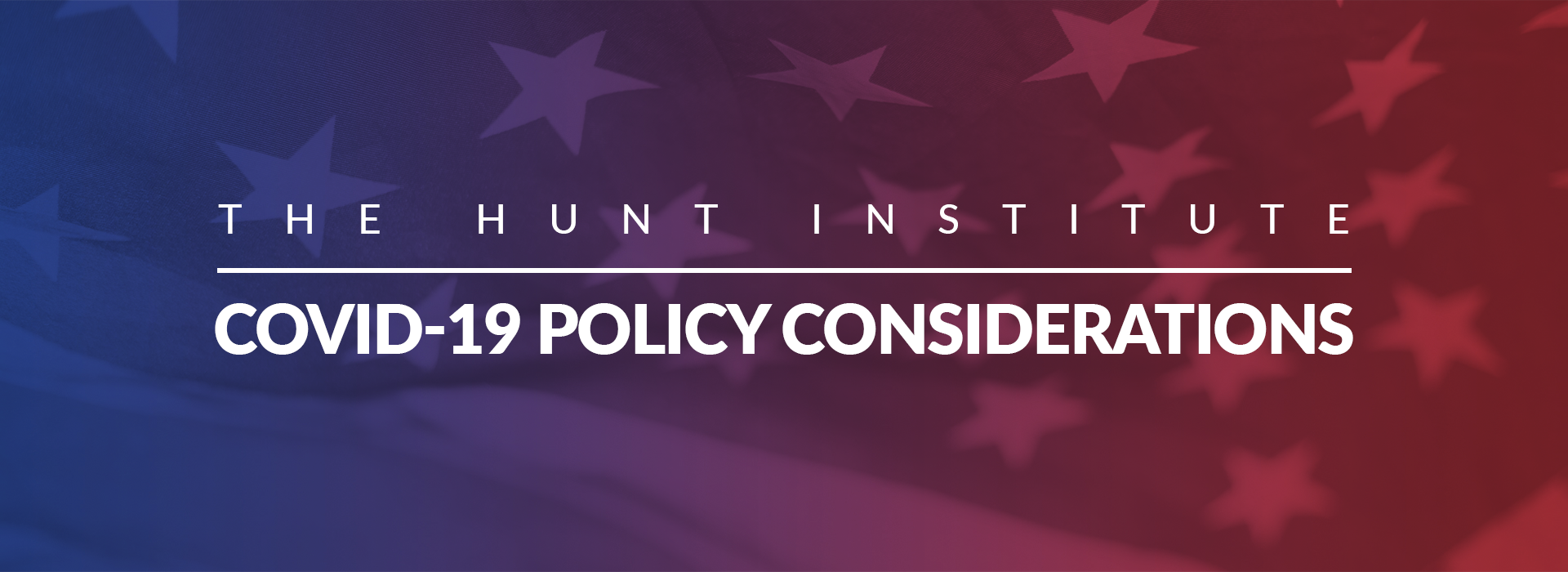Updated: September 14, 2020
As classes are shifted to online instruction, campuses are shut down, and students’ lives are disrupted, many students will leave their programs and not return. What can state leaders do to help students re-enroll and complete their postsecondary degree or credential?
The Challenge
Many institutions of higher education (IHEs) across the country are scrambling to establish or scale online learning platforms that can be used to continue certain course instruction despite the closure of campuses due to COVID-19. The U.S. Department of Education previously granted IHEs broad authority to offer online learning options to as many students as possible without having to meet certain review requirements, and IHE leaders are collaborating and sharing best practices for scaling their efforts.
However, it is inevitable that many students will become disconnected during this transition and their progress toward completion will pause. There are a specific set of equity concerns when it comes to the students who will be affected most by this transition to online learning:
- Students with disabilities. IHEs without existing online learning platforms will have to use alternative or free systems that are “low-tech” and do not provide accommodations such as media captioning and audio description.
- Students without broadband access. For communities that do not have broadband access, many features of new IHE online learning platforms – such as video conferencing – will not work with a dial-up connection.
- Students without a personal laptop. For students whose only personal device is their smartphone, some features of new IHE online learning platforms may not be functional on mobile. It will also be more difficult for these students to complete certain coursework assignments, especially if social distancing measures continue the closure of public spaces such as libraries.
It is also important to note that in addition to the groups of students who may become disconnected specifically because of the shift to online learning, there are additional groups of students whose higher education learning will be disrupted by the COVID-19 pandemic. For example, students with children or dependents will be faced with additional childcare burdens, and students who work – especially those with jobs in retail or food service – will have to adapt to changes in work schedules and income.
IHEs should strive to evaluate how many students successfully transitioned to online learning and completed their certificates and degrees. The next step is key: IHE and state leaders will need to think about how to re-engage all of the higher education students whose progress paused because of COVID-19. Particular attention must be paid to the groups of students listed above who were most likely to be affected.
This brief contains steps that IHE and state leaders can take in the short term that will increase the chances of successfully reconnecting higher education students who were affected by COVID-19.
Policy Considerations
For IHE Leaders:
Establish and continue regular communication with students:
- Communicate proactively about the campus response to the pandemic and options for students to continue coursework.
- Provide contact information for specific administrative staff members who can assist students with a variety of needs, including food and housing insecurity.
- Set up an easy-to-use system for students to share personal contact information with IHE staff.
- In all messages to students, affirm that the IHE wants to continue supporting the student and helping them reach their goals.
Determine and promote IHE reconnect policies:
- IHE leaders should determine any changes that will be made to their recruitment, admission, advising, or credit transfer policies as a result of COVID-19 as quickly as possible.
- IHE staff should communicate information about how any policy changes will make it easier for students to reconnect once the campus reopens.
- IHE leaders can also promote any campus or community resources that could assist students with procuring technology devices or internet access.
For State Policymakers:
Remove financial barriers to reentry:
- Explore providing full or partial forgiveness on any state student financial aid program awards that were disbursed for semesters that have been cut short because of COVID-19.
- Remove any state policy barriers to reentry, such as any requirements that students must settle all outstanding balances before resuming enrollment.
Ensure reconnect students get the credit they deserve:
- Establish a prior learning assessment (PLA) framework that IHEs can use to determine which course credit will be awarded based on a variety of life experiences, including taking courses at another IHE, serving in the military, and conducting volunteer work.
- State policymakers should also explore options for creating a centralized database of PLA equivalency information for all public IHEs, and making that database accessible to the public.
Promote the benefits of reconnect:
- Coordinate a marketing and communications plan to promote any new policies that make it easier for students affected by COVID-19 to reconnect with their school.
- Simpler messages, such as, “Students whose studies were interrupted by COVID-19 can go back to school for free,” are more likely to generate uptake of reconnect programs.
← Click to access The Hunt Institute COVID-19 Resources & Policy Considerations Page

